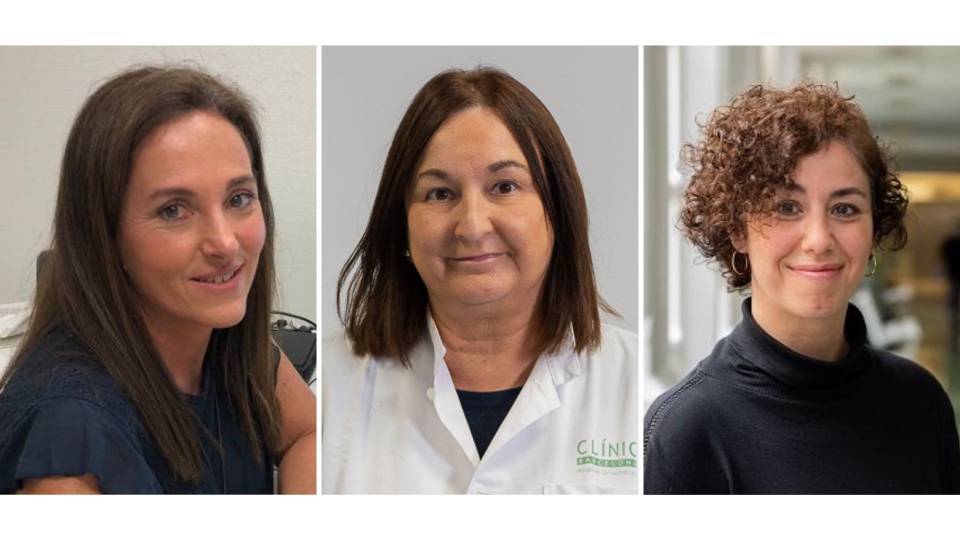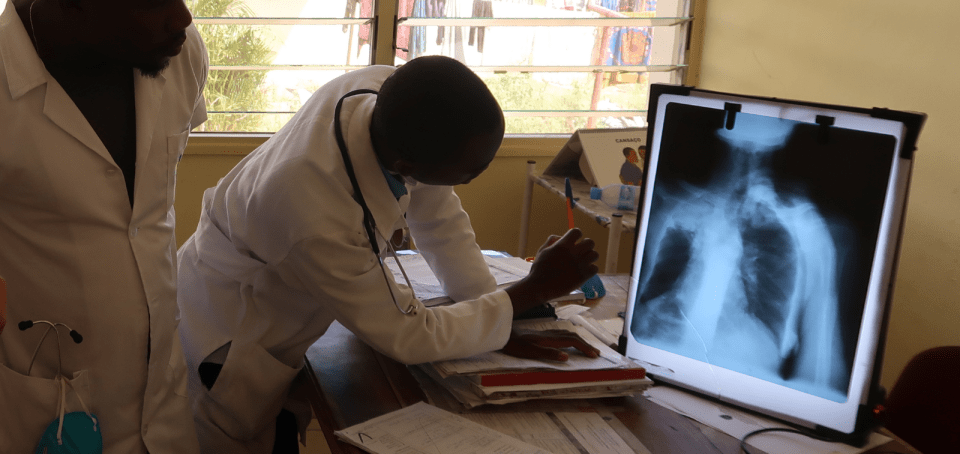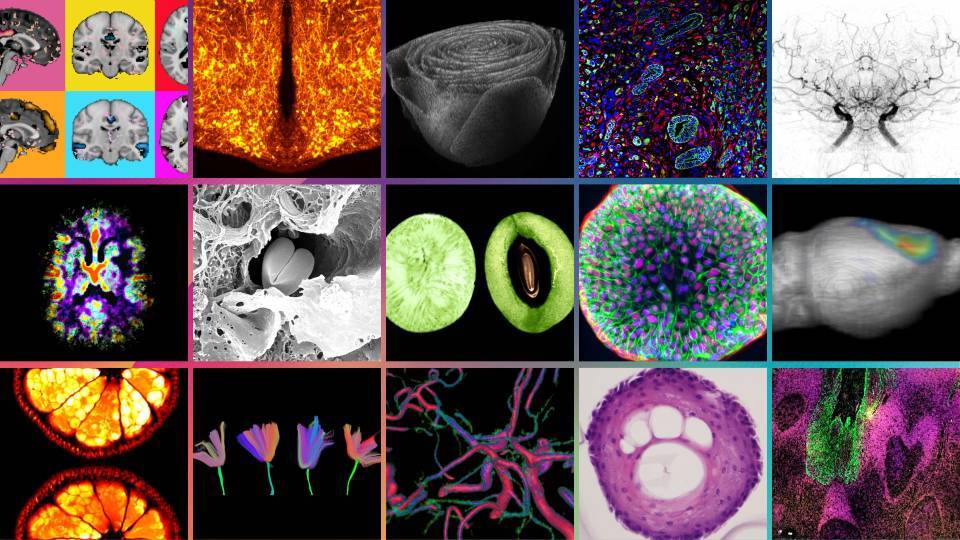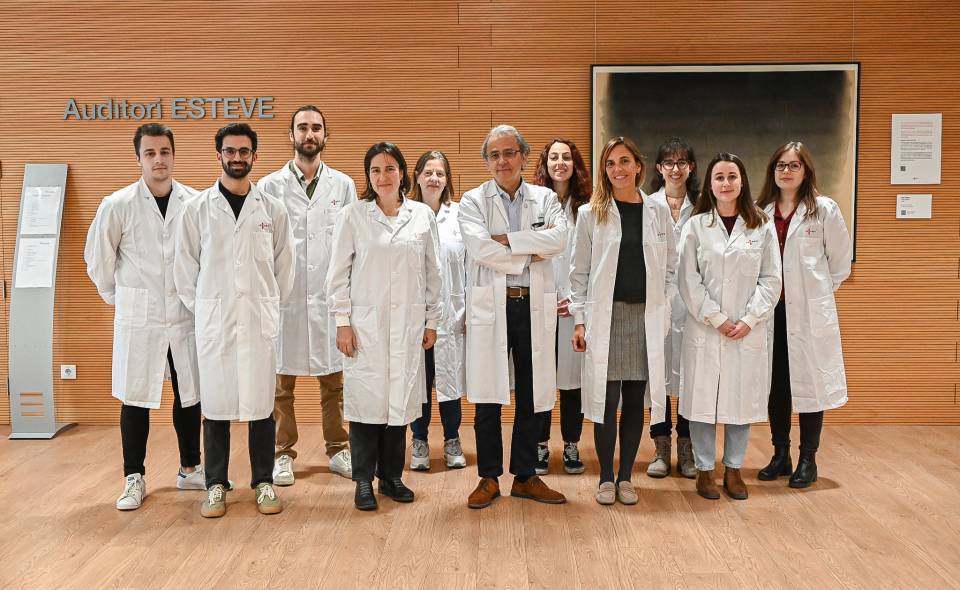A study led by the Clinic-IDIBAPS has described, for the first time, the evolution of levels of exchangeable copper, so-called CuEX, in a cohort of patients with Wilson's disease (WD). The publication also describes for the first time how to use this biomarker for the long-term follow-up of patients with WD.
The work, published in the journal Hepatology, has been led by Zoe Mariño, senior specialist in the HCB Hepatology Service and member of the IDIBAPS Viral, genetic and immune-mediated liver diseases research group and of the CIBER-EHD and Mercè Torra, consultant from the Biochemistry and Molecular Genetics Service of the HCB and member of the IDIBAPS Schizophrenia research group and CIBER-ER, in collaboration with Marina Berenguer, hepatologist at the Hospital La Fe in Valencia.
Wilson's disease (WD) is a rare genetic disease that causes the body to accumulate too much copper due to a defect in its elimination via the liver. This copper is deposited in the organs, especially in the liver (which can cause cirrhosis), or in the brain, causing neurological or psychiatric symptoms in some patients.
The prevalence observed in clinical practice indicates that one in every 30,000 inhabitants have WD, but it is considered that there is a significant underdiagnosis, since the prevalence of the genetic variations that cause it is much higher. This discrepancy between what is genetically expected and what is clinically identified is partly due to the absence of sufficiently precise diagnostic biomarkers of the disease. Likewise, metabolic monitoring of the disease after the start of anti-copper treatment is even more complex.
The Hospital Clínic Barcelona (HCB), a member of the RARE-Liver ERN (European Reference Network), is a Spanish referral centre for the monitoring of patients with WD and has considerable clinical experience in the monitoring of this disease.
In 2021, Zoe Mariño and Mercè Torra launched the so-called quantification of exchangeable copper (CuEX). The determination of CuEX, and its ratio to total copper (called REC) is a methodology developed years ago in France, but which has scarcely been externalised, in which the fraction of "toxic copper" in the blood is evaluated. Since its establishment, the laboratory led by Mercè Torra has received a growing number of samples for the quantification of CuEX from patients with WD from other hospitals throughout Spain, including the Hospital La Fe in Valencia, a fundamental collaborator in this work.
The study describes, for the first time, the evolution of exchangeable copper levels in a cohort of 92 patients with WD treated during a 2-year follow-up, to see whether the determination of CuEX and REC could be useful in the follow-up of patients with WD under treatment. The results show that a rapid decrease in CuEX levels is observed in newly diagnosed patients treated, “which suggests that this biomarker can be very useful for monitoring early treatment,” explains Torra.
On the other hand, more than half of the patients in the cohort (57%) had CuEX levels below the normal range previously described in the healthy population, without any copper deficiency observed in them, which points to the need to define specific ranges for this population. “This concept is very novel and can be of great help in guiding the professionals responsible for the follow-up of these patients," according to Mariño.
The study also shows that the correlation of CuEX with copper levels in urine, which is the parameter most frequently used for monitoring, is poor, “so they should be used in a complementary way,” says Mariño.
Finally, there do not seem to be differences in CuEX levels between patients considered clinically stable and those considered unstable, although the highest levels were grouped among those with a more recent diagnosis or with poor medication adherence.
"This work provides important and new messages that may eventually guide the treatment of these patients in the near future," explains Torra. “For example, we suggest the need to define a CuEX target range instead of using previously described normal ranges that do not seem to fit this population,” Mariño concludes.




